It is in the interest of any aspiring filmmaker to strive for originality in storytelling, above all else. Cinema is an art form in which no single iteration of a story formula is truly unique. Hence, it is up to the filmmakers to find new and expressive ways to tell stories that are otherwise anything but fresh. With that being said, what element gives rise to an intriguing plot?
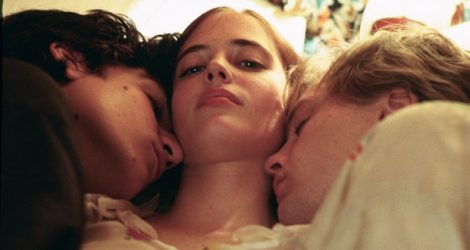
Sex.
Sex sells. Sex is an undeniable driving force for many facets of modern media, be it to further a commercial agenda, or for personal gain. But can sex alleviate artistic merit? The films on this list utilize the plot device of sex and eroticism to propel their narratives to greater heights, the films may be flawed with most earning polarizing reviews, but nevertheless, the filmmakers behind these works dare. They dare to tread the thin line between art and porn. They dare to saunter between the two polarizing ends. They dare to channel what some might deem obscenity and vulgarity into raw, visceral, emotion.
Without further ado, these are 10 great erotic romance films.
10. Love
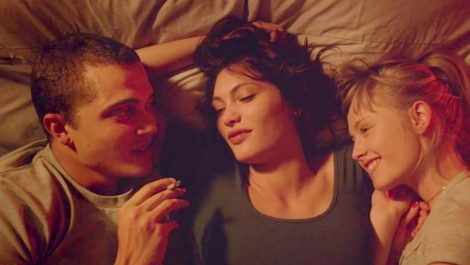
To kick start the list, Gaspar Noe’s 2015 Love, features the titular theme presented in the grittiest sense of the word. Noe wished to explore the dynamics of a relationship fueled by nothing more than sex, and the result? A vulgar assault on the senses filled with more self-indulgence than a student indie, and it certainly does look and feel like one. Nevertheless, Love is anything but a pornographic exploitation.
The presentation of the film certainly leaves much to be desired. Performances are weak and characterizations often come across as unbelievable. But let’s not forget how we feel at the end of the film. It’s a rollercoaster of emotions driven by the madman that is Noe.
Chronology means nothing, as the film thrusts us across different points of time in the characters’ lives. We slowly grow to care for these characters, we look past their flaws, not only as people, but as poorly realized plot devices. Gratuitous sex scenes slowly develop meaning. Colors grow wild. Cuts feel painful with strong purpose.
Noe makes us almost forget that we’re watching a film about a man stuck in a loveless relationship and reminiscing of his past, and nothing more.
9. The Duke of Burgundy
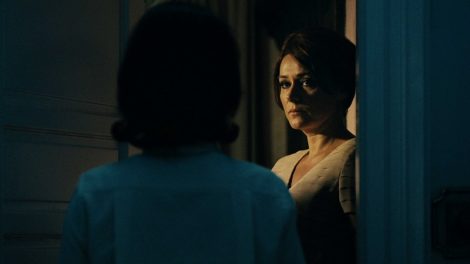
One of the biggest driving elements of erotic cinema is the concept of sexual dominance and bondage. The image of unhealthy relationships represented through chains and whips and ballgags immediately come to mind. Imagine this, a film that revolves entirely around BDSM, set in a timeless, Victorian-esque setting of sophistication, that features almost no nudity.
Welcome to Peter Strickland’s The Duke of Burgundy. A narrative that challenges the dynamics of a relationship, however skewed they may outwardly seem. A relationship that’s challenged by relatable notions of age difference, of sexual drive. Strickland frames this seemingly universal portrait of love in the least universal way possible – by introducing strong elements of homosexual bondage.
With this added element, the outwardly simple dynamics of the couple changes drastically in the perception of the audience. It is often said that the key to crafting a great character is to test them with the complete opposite of what they’re comfortable with. Strickland adopts this ideology to great effect, crafting a surreal world perpetuated by repetition, by surrealism and an underlying degree of tension, all to strengthen a narrative that without these elements, would be forgettable and clichéd. And it works.
8. 9 ½ Weeks
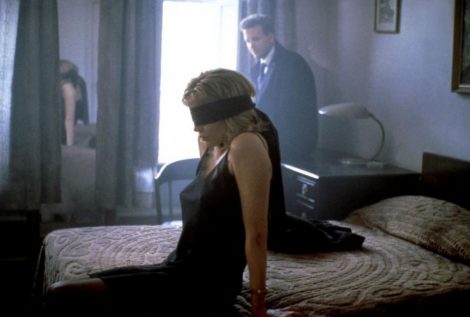
Dubbed the “original Fifty Shades of Gray”, 9 ½ weeks certainly has earned nearly the same amount of backlash as its “spiritual successor” of sorts. It gained its fair share of attention for the wrong reasons at the Razzies and was initially a box office bomb before the release of the uncut version. So what makes 9 ½ weeks something beyond “porn with a plot”?
Chemistry. A strong degree of chemistry between the two leads. An extremely strong factor missing in terrible pieces of erotic cinema like Fifty Shades, films that would rather focus on exploring the restrained fantasies of a middle-aged housewife as opposed to exploring something realer. 9 ½ weeks has that elusive quality going for it. It isn’t perfect in its execution, but Adrian Lyne certainly has an awareness of how to frame this chemistry to best represent it on screen.
The film certainly doesn’t tread new ground with its subversion of society and what we know of relationships, even if it does re-contextualize it for the zeitgeist of the mid-80s. With that being said, in a genre of cinema where characters seem to be mere representations of our inner demons, 9 ½ weeks feature more than just represented ideas.
They feature people.
7. Y Tu Mama Tambien
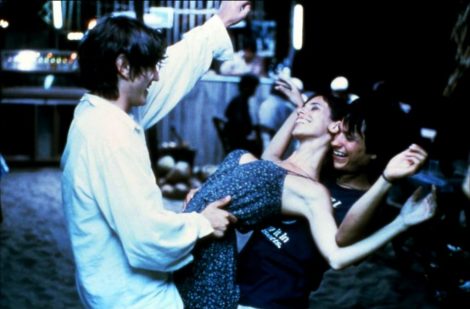
Before he moved on to tackle insanely large scale projects, projects that he built his name on, Alfonso Cuaron tried his hand at something far more real and down to earth. Y Tu Mama Tambien is certainly a distinct departure from the rest of his oeuvre. The setpieces in the film are the furthest from extravagant, but rather, serve as little incubators to explore complex character dynamics revolving around the trait of exuberance.
Not only does the film paint an intricate portrait of the state of Mexican society at the point of time, it doesn’t overtly force any political ideology. Replicating the sheer vibrancy of youthful emotion to be had from a roadtrip was Cuaron’s paramount focus. From the camaraderie one might have with close friends to the sexually charged tension from interacting with the opposite sex, Y Tu Mama Tambien encapsulates it all.
Though it is a fact that Cuaron’s later filmography sees the exploration of far more universal themes, and certainly does challenge his ability as a director to great extent, Y Tu Mama Tambien will always have a special place in his body of work, regardless of how much it evolved over the years. It may not be as large in scale as a film like Children of Men, but the utter strength of the growing vision behind the camera is ever-prevalent and certainly undeniable.
6. The Dreamers
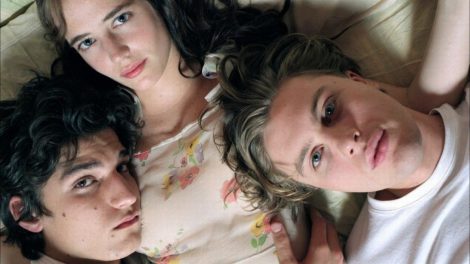
It is inarguable that perhaps one of the most stylistic, and for a lack of a better word, sexiest movement in filmmaking is the revered French New Wave. Bernardo Bertolucci’s 2003 love letter to the times long gone may be a flawed, style-over-substance piece of work, nevertheless, even if The Dreamers is sorely lacking in depth, its allure more than makes up for that fact.
Try to recall the timeless conventions of the Nouvelle Vague. The heavy use of character subjectivity. Vibrant exuberance. Self-reflexivity. These are the qualities that alleviated figures like Godard and Anna Karina to the canon of film history.
On top of modernizing these classic tropes, Bertolucci adds something surprisingly missing from the French New Wave. He adds explicit sex and nudity. Sex appeal now morphs to something much more graphic, and to an extent, genuine.
Though The Dreamers is nowhere near the quality of the films released by the likes of Truffaut and Resnais, the filmmaking still mystifies. If anything, even if it doesn’t serve as a piece of cinema worth studying, judging the film as a love letter above all else, a love letter to perhaps the most influential period of cinema, The Dreamers more than succeeds.
5. Last Tango in Paris
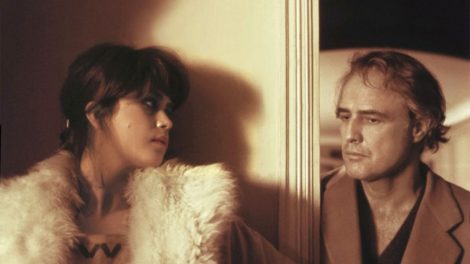
What Bertolucci and Brando did during the production of Last Tango in Paris is certainly nothing short of deplorable. With that being said, looking past the inexcusable layer of controversy surrounding the film, there is a certain magic behind the sequence of events in this classic piece of counterculture cinema.
A melancholic tale chronicling the contrasting lives of two distinct individuals at two very different points of time in their life, Last Tango in Paris sees its two masterfully written protagonists find common ground within the sunset-lit realm of their rented apartment. A forbidden world of their own conception, one free from their own perceived notions of cynicism and disenchantment they so wrongful projected onto their world.
Though it is certainly hard to look at the sex scenes without feeling disgust towards Bertolucci, Last Tango in Paris is a film far from exploitation. Sex not only tells the story, it not only drives the characters, it mystifies. It mystifies not only us the audience, but the ever-changing climate of these wistful individuals sauntering around Bertolucci’s timeless representation of Paris in the 70s.
4. In the Realm of the Senses
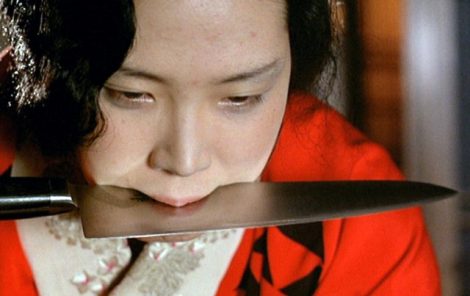
Perhaps the truest sense of the term “erotic cinema”, Nagisa Oshima’s highly controversial contribution to Japanese cinema of the 70s uses the idea of sex not as a central plot device like the other films on the list. In fact, Oshima doesn’t use sex at all as a tool for the narrative. Sex is the narrative.
A school of thought only thought present in explicit pornography as opposed to actual cinema, In the Realm of the Senses truly serves as a testament to the endless boundaries of art. Complex characterization, intriguing character arcs, beautiful imagery, all of these elements that constitute a decent film are all present in this sexploitation masterpiece.
With a clear understanding of how to truly frame sex, be it through spellbinding performances or haunting cinematography, Oshima truly pushed the limit for how far deep one can explore eroticism before art becomes porn.
3. Eyes Wide Shut
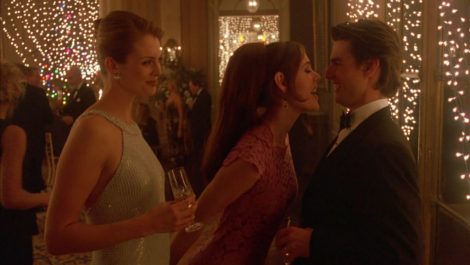
A film that needs no introduction, Kubrick’s swan song sees the master himself tackle yet another genre of cinema. Eyes Wide Shut offers a deeply unsettling exploration into the recesses of a contemporary society built by Kubrick.
The film sees Kubrick venture far into the alluring realm of the surreal. Sex is used as a commodity in this uncanny world. A device explored for the sake of representation of our innermost demons.
Though not a horror in the explicit sense of the word, Eyes Wide Shut dramatizes a far more profound and relatable horror. It challenges our control and understanding of these demons that we hide, it questions what we know about them, it glamourizes their very presence. Then, it asks us. What would we do should these demons enter our daily life?
Seeing two of contemporary Hollywood’s biggest stars play out this inherently Lynchian narrative is not only a cinematic delight to watch unfold, but ironic considering Cruise’s involvement with Scientology.
Though the film paints a hypothetical scenario, there seems to be an underlying layer of truth behind the narrative. A truthful social commentary that de-familiarizes what we assume to be the docile landscape of metropolitan New York into this sinister cesspool where sexual demons thrive and rule. And it is unsettling to note the similarities that reflect our modern society.
2. The Handmaiden
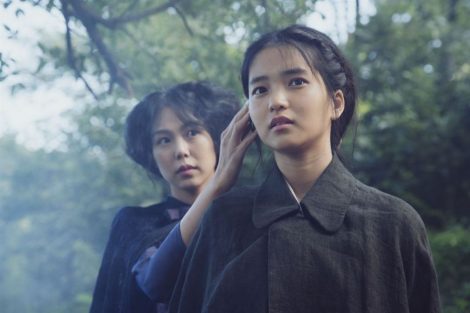
In 2003, Park Chan-Wook shattered expectations for what contemporary South Korean cinema is at that time with his cult-classic Oldboy, a profound Tragedian tale of revenge that defies genre and narrative constraints. In 2015, he outdid himself yet again with a tale that’s equally, if not more gripping, featuring a boundlessly more refined approach towards filmmaking.
The Handmaiden entrances audiences from the get-go with an overwhelming air of mystery. A film built around Park’s signature hypnotic camera which frames the entirety of this nearly 3-hour long experience with enough virtuosity to make even the vilest scenes a work of art.
A masterclass in character perspective, The Handmaiden knows exactly when to play its cards. It certainly starts simple enough, before the narrative spirals out of control to reveal so much character and plot that we most definitely overlooked. It reveals perhaps one of cinema’s most complex characters, one built around the world of sex, subverting our understanding of what we know of her character at almost every major story moment.
There’s a certain wonder to South Korean cinema. The country’s effortless manipulation of genre, sauntering between comedy and thriller, between tragedy and poetry, has never been more evident as it is in The Handmaiden.
1. The Piano Teacher
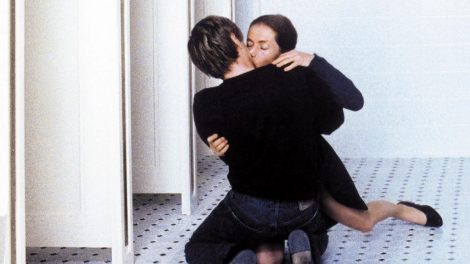
Most of the films on this list feature the element of sex as a hyperbolic plot device to represent lust in character. A representation of lust that leads to a plethora of interesting characterizations. Michael Haneke’s The Piano Teacher on the other hand, interprets it as a strong element to reveal vulnerability. Vulnerability projected on characters that otherwise are without.
Juxtaposing elements of classical music with sexual dominance, The Piano Teacher is one truly subversive experience. How important is love to us? Are we as strong-headed as we truly perceive ourselves to be? When it comes to love, no matter how grotesque its outward presentation may seem, prepare for what we think we know about humanity’s greatest mystery to be completely overturned.
Haneke is perhaps one of modern cinema’s masters in understanding audience. His films exemplify a heightened degree of who we are and how we feel at any given point of time in the film. In the case of The Piano Teacher, Haneke doesn’t use his familiar themes of media to manipulate us. He uses sex. He exaggerates the depravity of the situation. He uses it to disgust us. To disgust us not from the film itself, but from the truth.
The truth that love is built on banal things.

You must be logged in to post a comment Login